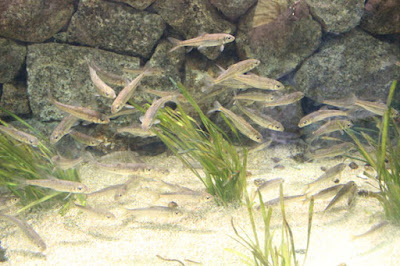Most
people in Japan
In
the latter part of last year, I had the opportunity to visit an owl café
located in Minoo City ,
Osaka Prefecture
Looking
closer, I saw what at first I thought was an owl doll placed in the window.
Although
it didn’t move, it wasn’t a doll. It was
an actual owl.
The
café had seating for only twenty customers (we had to wait almost one hour to
get in), including six seats facing a glass showcase that housed five owls. Although
the showcase was brightly illuminated, the owls did not move. Some even appeared to be sleeping despite the
lights. The customers sitting in front
of the owls took close-up photos with their smart phones and seemed very
satisfied to watch the birds despite the lack of movement.
The
owls were secured to perching stands by ropes attached to their legs. I did not see any of the owls move from their
perches, and I do not believe that they had any freedom to do so.
There
were also four owls stationed on a shelf located along the window near the
entrance of the cafe. Like the owls in
the showcase, these owls were also secured with ropes and did not move from
their positions. Under supervision of
the café staff, customers were allowed to pet these owls. Based on information cards placed near the
owls, it appeared that the owls were pets that belonged either to the café
ownership or to regular customers. I don’t
know whether the owls were hand-raised, but I suspect that they are hand-fed,
and I doubt that they have many chances to fly.
(Assuming that they know how to fly.)
Adding
to the quirky atmosphere of this establishment, there was a mysterious
mannequin in one corner that had a man’s body and an owl’s head.
This
café’s culturally-mixed food menu included pasta (Italian), croissant
sandwiches (French), yakisoba (Japanese), and crepes (French?). Drinks included not only coffee and tea, but
also wine, beer, and cocktails. The
business hours of this café was 12 noon to 5 p.m. and from 7 p.m. to midnight. (I wonder if they tone down the lighting
after sundown.)
The
first cat café is said to have opened in Taiwan Japan
around 2005, and most recently spread to England
and the United States
(Note:
All photos taken in this post were taken during a visit in October, 2014. The comments in this post are based on
observations made on that day. Conditions
may have since changed.)




































































